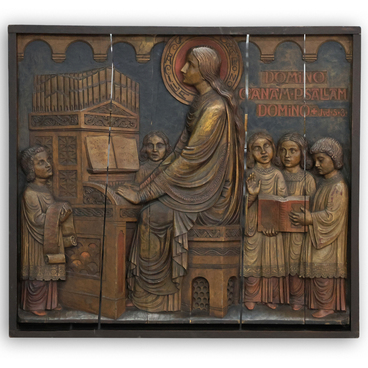The museum’s collection includes several Soviet medals “For the Capture of Königsberg”. This exhibit comes from the family of Fyodor Nikitovich Rothko (1923–1951). He fought on the fronts of the Great Patriotic War from 1942. By April 1945, Guards Junior Lieutenant Fyodor Rothko commanded a platoon of the 252nd Guards Rifle Regiment, which was part of the 83rd Guards Rifle Division of the 8th Guards Rifle Corps, 11th Guards Army of the 3rd Belorussian Front.
On the night of April 26, 1945, the platoon led by Fyodor Rothko was the first in the regiment to cross the Frishe-Nerung Spit — currently the Baltic Spit — and took an active part in the battles for the capture and retention of the bridgehead on its coast. For courage and heroism Fyodor Rothko was awarded the Order of the Red Banner and the Order of the Patriotic War of the 2nd degree, and on June 29, 1945 was awarded the title of Hero of the Soviet Union.
From the award list of Fyodor Nikitovich Rothko for the Order of the Red Banner, “During the assault on Fort No. 10 on the outskirts of Königsberg… on the night of April 7, he replaced the company commander, who was out of action, and bravely led the company behind him… was the first with the company to break into the enemy trench and forced the Germans into hand-to-hand combat, … ensured the battalion’s attack and capture of the fort.” After the end of the war Fyodor Rothko was demobilized. The officer returned to his native village of Takhta, Stavropol Territory.
The medal “For the capture of Königsberg” was established in the USSR in June 1945, the same time as the awards for the liberation of Belgrade, Warsaw, Prague, as well as those for the capture of Budapest, Vienna, Berlin. The medal for Königsberg was the only one awarded not for the capture of the capital of a European state, but for the capture of the city — the “Prussian stronghold”.
A month and a half of artists’ work resulted in 11 design sketches of the medal with different variants of the ribbon. One of the designs had the composition facing east, which was considered an inappropriate solution, as the enemy was advancing from the west; there were even different colors of the ribbon in the art.

